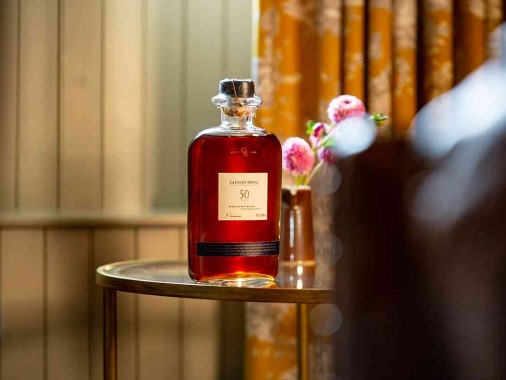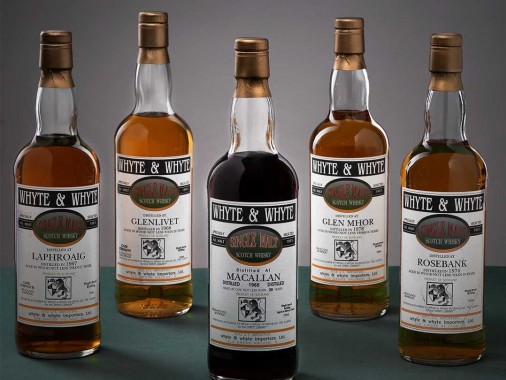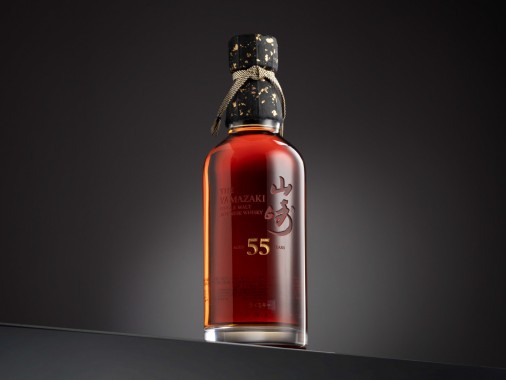 Revisiting Brora's 'Age of Peat'
Revisiting Brora's 'Age of Peat' For anyone who has visited the Isle of Islay for a duration long enough for the weather to turn (usually five minutes will suffice), it must seem utterly ludicrous to fathom even the idea that DCL would be concerned about a drought on the island in the summer of 1968. As unlikely as it may sound, this is exactly what happened. High temperatures affected the malting at Caol Ila, Lagavulin and Port Ellen, with the latter running out of water entirely. With peated whisky a vital component of its enormous portfolio of blends, DCL was facing a critical shortfall in production of whisky in this style, forecasting by as much as 40,000 proof gallons.
The freak event became a pivotal moment and turning point in the history of two important distilleries as DCL looked for a solution to their peated whisky predicament. The company turned to two of its assets in the Highlands, Glen Garioch and the recently mothballed “Clynelish B.” Both had historically made use of peated barley in their production and seemed like logical choices to be repurposed to produce Islay-style whisky. Glen Garioch however also had a history of water-shortages and DCL, still in the process of learning a lesson the hard way, opted to shut it down and consolidate its efforts in Brora, stirring the old Clynelish from its short sleep and renaming it after the town.
Fortunately, this was a good deal for both sites. Glen Garioch was sold to and prospered under the Stanley P. Morrison company, and Brora set about providing DCL with the requisite heavily peated single malt for its blends. The distillery turned out spirit at around 45ppm until 1973 when the production style reverted to the traditional lightly peated Highland style. Although only brief, this has become a legendary era in the history of the distillery. While the spirit produced was an adequate substitute in blends for the Islay distilleries it was playing understudy to, the single malt itself was discovered to be something particularly special.
Despite the expected shortfall in heavily peated whisky for its own blends, DCL had contracts with third parties to fulfil as well, and casks of the new Brora single malt found their way into the hands of several independent companies who judged them to be of too high a quality to be vatted with anything else. The first of these was bottled in 1989 by the Scotch Malt Whisky Society (SMWS), followed by several sought-after releases from Gordon & MacPhail. Perhaps the most important year was 1995 however, which saw not only a follow-up release from the SMWS and debut bottlings from Wm. Cadenhead, but the first official releases of Brora single malt. What was at the time known as United Distillers bottled three Brora single malts, all heavily peated vintages for its Rare Malts Selection range. Although no official single malt brand for Brora (or Clynelish) would be launched until 2002, these three releases from seven years prior were testament to the awareness within the company of how uniquely significant this single malt was, not least that the world’s official introduction to it should come from its brief but lauded period of heavily peated production.







